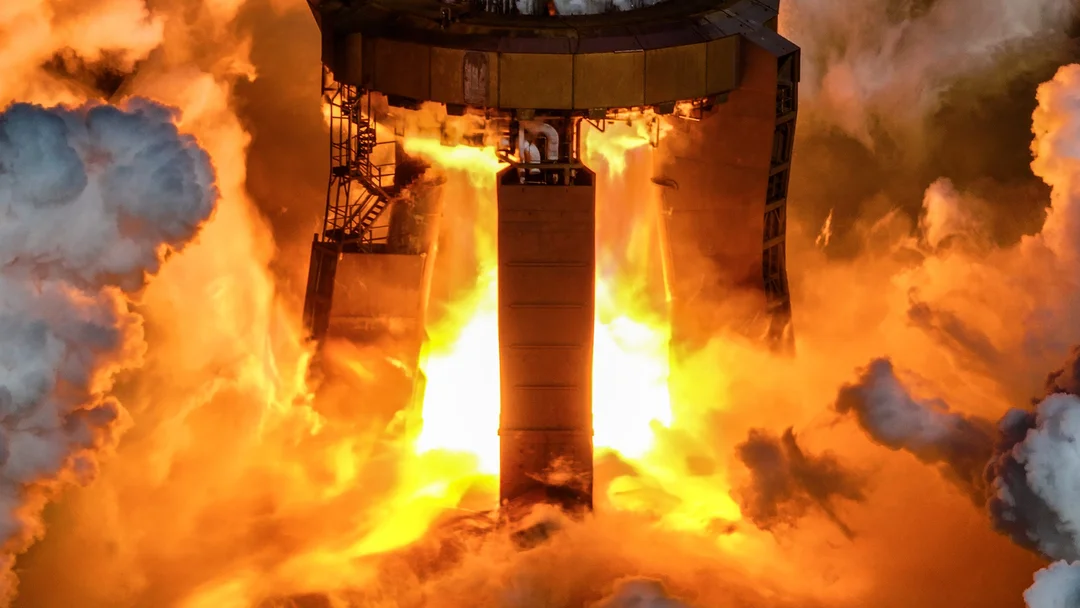
SpaceX Gears Up for Starship Flight 9 Amidst Engine Test Anomalies
SpaceX is accelerating its preparations for the highly anticipated ninth test flight of its Starship megarocket. Recent static fire tests at Starbase in South Texas have provided both promising results and intriguing anomalies, setting the stage for what could be a pivotal moment in the Starship program.
The company initiated the week with a "static fire" test using the Flight 9 upper stage. According to a post by SpaceX on X (formerly Twitter) on May 1, 2025, one of the vehicle's six Raptor engines was ignited, successfully "demonstrating an in-space burn." This test is crucial for validating the engine’s performance under conditions simulating spaceflight.
NASASpaceflight.com also reported that SpaceX conducted a six-engine static fire on the same day, although SpaceX has yet to officially confirm this test. These static fires are vital for assessing the rocket's propulsion system and overall readiness for flight.
However, all may not be progressing entirely smoothly. Footage from local media revealed a potential issue during a subsequent multi-engine static fire. The test, which lasted approximately 30 seconds, concluded with a noticeable blue flash. This unexpected event, not typical of standard static fires, has raised concerns about potential problems within the propulsion system. The exact cause and implications of this flash are currently unknown but could lead to delays in the Flight 9 schedule.
The 403.5-foot-tall (123 m) Starship, comprised of the Super Heavy booster and the Starship upper stage, is the most powerful rocket ever constructed. Both stages are designed for rapid reusability, a core element of SpaceX's ambitions for affordable and frequent space travel. The upcoming Flight 9 test will see the reuse of the Flight 7's Super Heavy booster, employing 29 of the 33 Raptor engines that were previously flown.
Past Starship test flights have yielded mixed results. Flights 7 and 8, conducted earlier this year, were partially successful, with Super Heavy completing its boost phase and returning to Starbase. However, both flights witnessed the Ship upper stage exploding less than 10 minutes after liftoff, scattering debris over the Turks and Caicos islands and The Bahamas. Figuring>
These prior setbacks underscore the importance of thorough testing. SpaceX needs to demonstrate its capability to fuel another rocket in space to meet the requirements for NASA's lunar lander program and establish a propellant depot.
With the clock ticking and ambitious goals on the horizon, the coming weeks will be crucial for SpaceX as it aims to resolve any outstanding issues and proceed with Starship Flight 9. Will the blue flash prove to be a minor hiccup, or will it herald more substantial challenges for the program? Only time will tell.
What are your predictions for Starship Flight 9? Share your thoughts and opinions in the comments below!